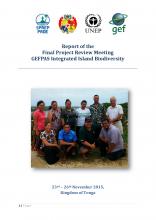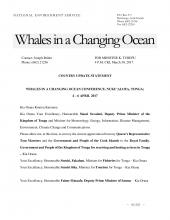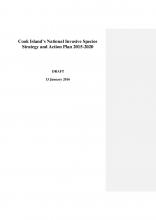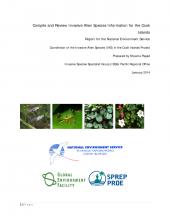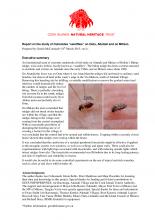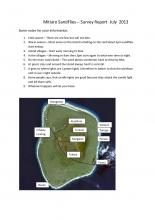Cook Islands National Invasive Species Strategy and Action Plan 2015-2020 (Draft)


Island and Ocean Ecosystems, BRB
Available Online
Government of Cook Islands
2016
The Cook Islands consists of 15 small islands scattered over 2 million square kilometres of the Pacific Ocean. They lie in the centre of the Polynesian Triangle, flanked by Fiji 2,300 km to the west, Tahiti 1,140 km to the east, Hawaii 4,730 km north and New Zealand 3,010 km southwest. The climate of the Cook Islands is sub-tropical and tropical oceanic moderated by trade winds. The islands form two groups: the Northern Cooks and the Southern Cooks. The Northern Group consists of five atolls (Pukapuka, Rakahanga, Manihiki, Suwarrow and Penrhyn), and a sand cay (Nassau). The Southern Group consists of four makateai islands (Mangaia, Atiu, Mauke and Mitiaro), two atolls (Palmerston and Manuae), one almost-atoll (Aitutaki), one sand cay (Takutea) and one high island.

